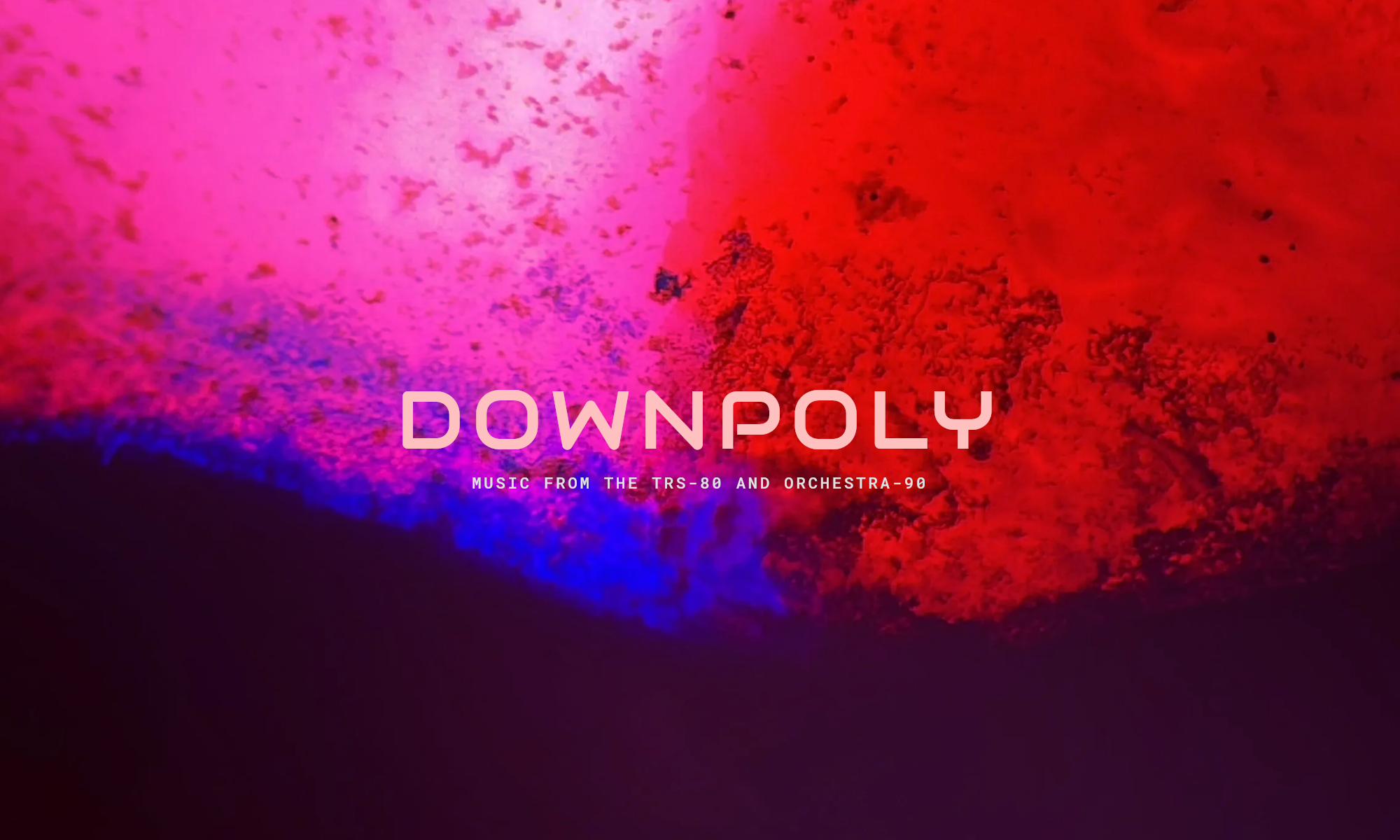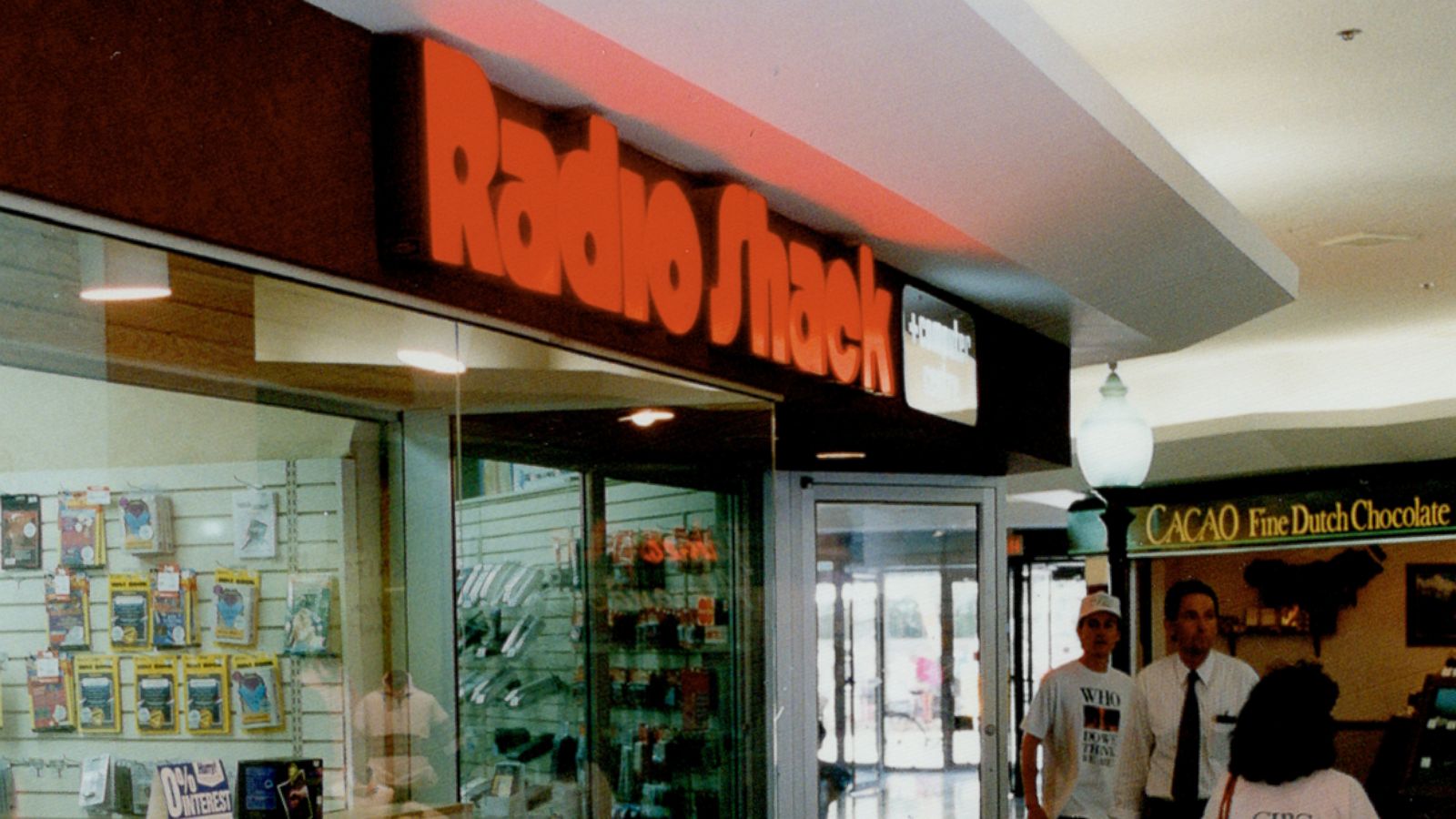TRS-80 Models III, 4, and 4P:
The TRS-80 Micro Computer System was an early line of personal computers from Tandy Corporation, sold through Radio Shack. The name combines “Tandy Radio Shack” and “Z80”, the model of its microprocessor. The original TRS-80 became known as the Model I. The line evolved to include the Model III, Model 4, and Model 4P.
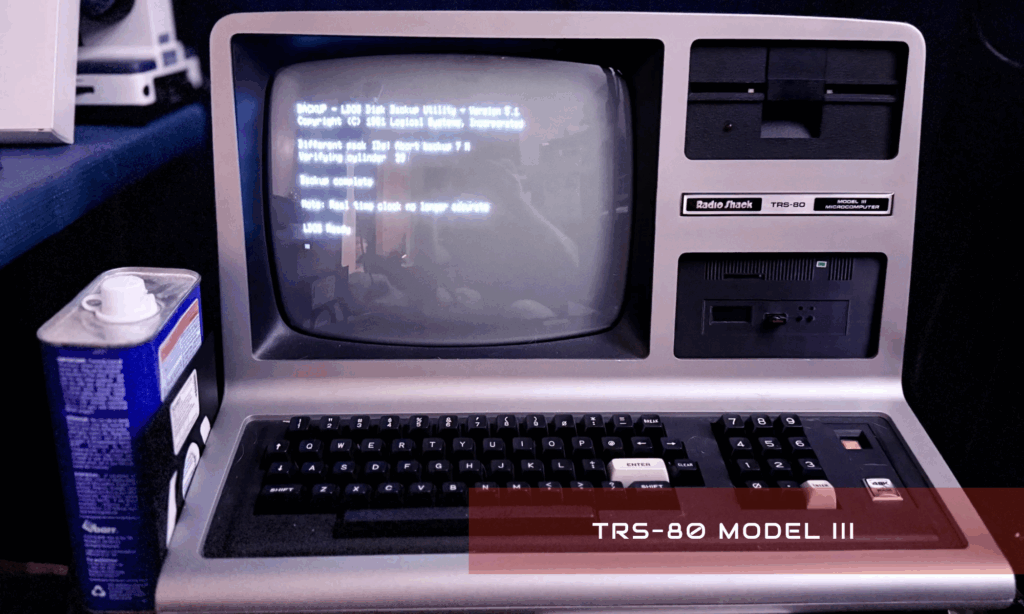
- Released: July 26, 1980.
- Design: All-in-one unit with built-in keyboard, monitor, and disk drives.
- Processor: Zilog Z80A @ 2.03 MHz.
- Memory: 4-48 KB RAM / 4-14 KB ROM.
- Improvements: Included built-in lowercase, a better keyboard, enhanced character set, real-time clock, faster cassette interface, and a quicker processor compared to the Model I.
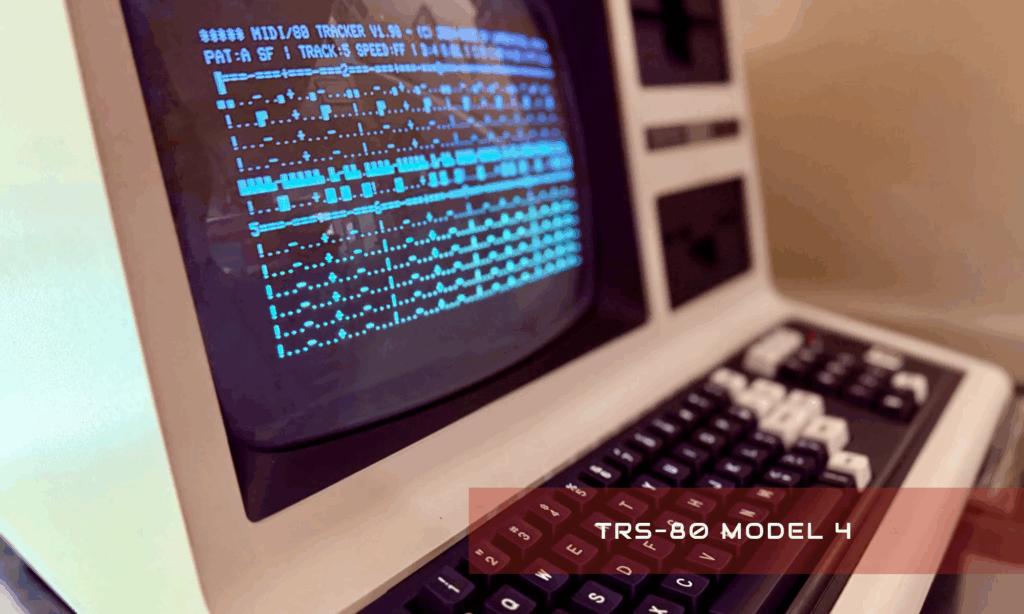
- Released: April 26, 1983.
- Design: Desktop unit with a 12-inch display. It was notably white, unlike the Model III’s grey.
- Processor: Zilog Z80A @ 4 MHz (operates at 2 MHz in Model III mode).
- Memory: 64 KB RAM, expandable to 128 KB.
- Display: Supported 80 x 24 or 64 x 16 modes, or double-width characters.
- Features: Expanded keyboard with function keys, TRSDOS 6, Microsoft BASIC, and CP/M compatibility.
- Connectivity: Supported cassette operation, a parallel print port, an RS-232C serial port, and a buffered input/output bus.
Model 4P
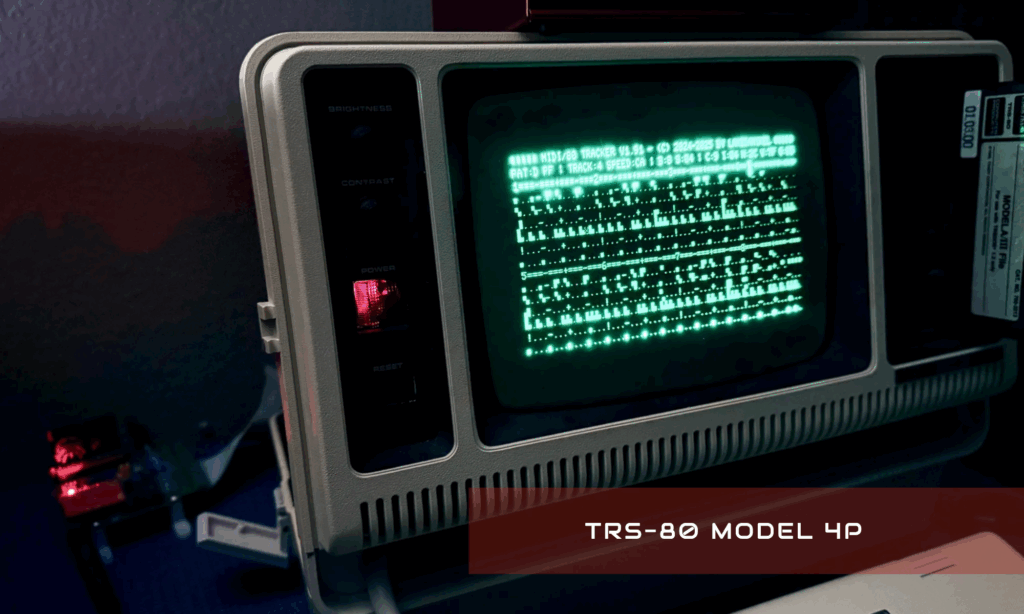
- Released: November 15, 1983.
- Design: A portable version of the Model 4 with a 9-inch display.
- Features: Included most Model 4 features, but lacked external floppy drive support and a cassette tape interface.
- Drives: Came with two internal 180KB drives.
- Display: Monochrome white/green-screen.
Music applications and limitations
The TRS-80 had limited built-in sound, but third-party developers created music add-ons:
- Orchestra-80/90: Popular stereo music synthesizers that added four voices over a six-octave range. Orchestra-80 included a synthesizer, a music language compiler, and other tools.
- DIY Music: Users found creative ways to generate sound, like causing radio interference or controlling the cassette interface for sound effects.
- MIDI Support: Later custom hardware added polyphonic MIDI support. 😀
Hardware limitations for music production
Despite add-ons, the TRS-80’s hardware limited music production:
- Limited Memory: Small RAM 16-128k limited complexity.
- Slow Processor: The Z80 was slow (2-4MHz) for complex calculations.
- Basic Sound: Built-in sound was primitive/limited.
- Monochrome Display: Limited visual representation of real-time music data.
